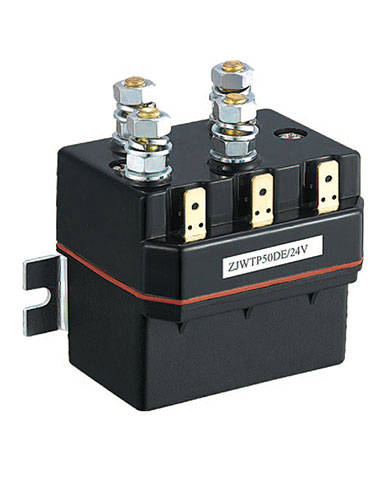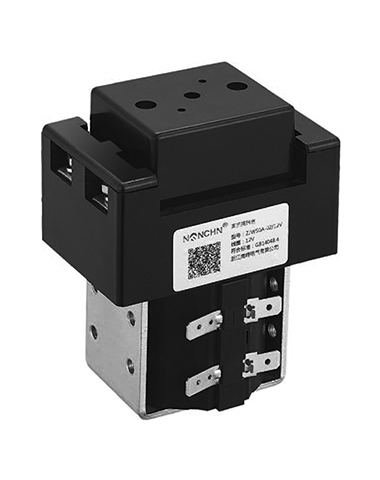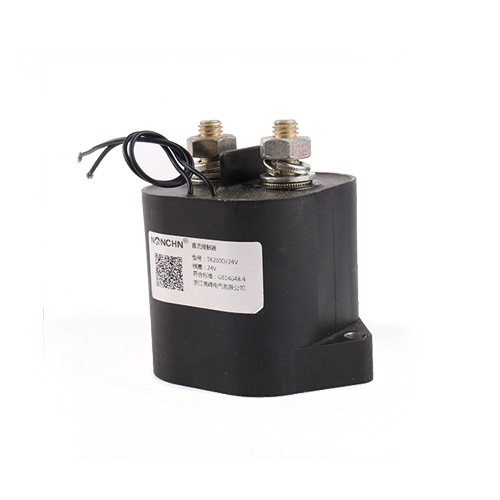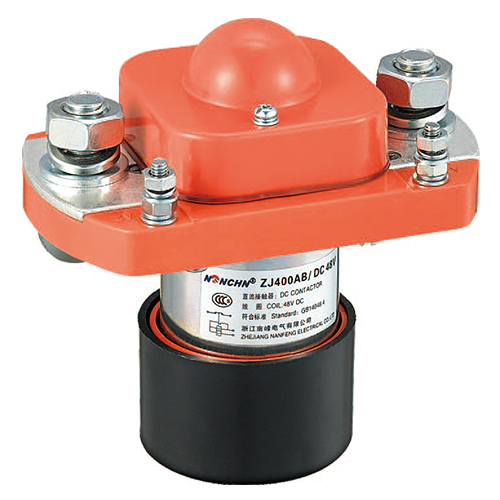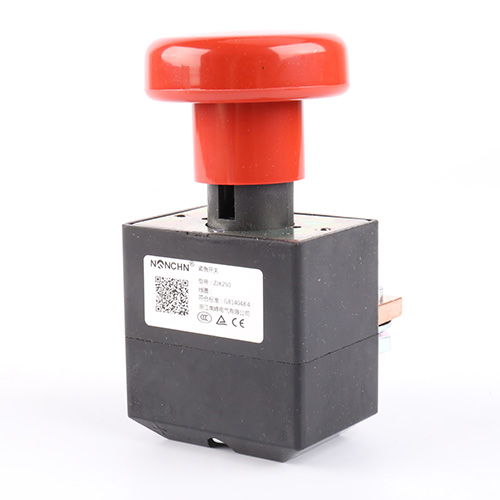Emergency Switch is a safety device designed to quickly cut off power or disable equipment in crisis situations. Its main purpose is to protect personal safety and prevent equipment damage, and it plays a vital role in various environments.
Design principle of Emergency Switch
1. Structural design:
Button type: Emergency Switch usually adopts large and obvious button design to ensure that users can quickly find and operate it in an emergency. Common buttons have raised designs and red buttons with obvious labels.
Protective shell: Emergency Switch is usually equipped with waterproof and dustproof shell to meet the needs of different environments and ensure that it can still work normally under harsh conditions.
2. Electrical principle:
Switch mechanism: Most Emergency Switches adopt the mechanical switch principle, that is, when the button is pressed, the internal contact points are closed or disconnected, and the current is quickly cut off.
Redundant design: Some high-security occasions use dual or multiple switch mechanisms to ensure that even if one switch fails, the other can still work normally.
3. Linkage system:
Alarm function: Emergency Switch is often linked with the alarm system. When the switch is pressed, the system not only cuts off the power, but also triggers the alarm to remind personnel to evacuate or deal with the accident in time.
Signal feedback: Many Emergency Switches are also equipped with indicator lights, which can provide visual feedback to indicate the current status of the equipment (such as normal, faulty or disconnected).
Function
1. Rapid power off: In the event of equipment failure, fire or other emergencies, the Emergency Switch can immediately cut off the power supply to prevent further development of the accident.
2. Easy operation: Emergency Switch is usually designed with large buttons that are easy to operate, making it easy to find and use quickly in a tense environment.
3. Strong visibility: In order to ensure rapid identification in times of crisis, Emergency Switch generally uses bright colors, such as red, to highlight its importance.
4. Fault indication: Some Emergency Switches are equipped with indicator lights that can show whether the equipment is in a safe state and help users determine when to restart the equipment.
5. System linkage: In complex systems, Emergency Switch can be linked with the alarm system to trigger an alarm or notify relevant personnel to ensure timely response.
Application examples
1. Industrial applications:
Production lines: In industrial production lines such as automobile manufacturing, Emergency Switch is set at each workstation to ensure that workers can quickly shut down when they encounter danger and reduce accidents.
Chemical plants: In chemical production, Emergency Switch can prevent crises such as chemical leaks and fires, and protect the safety of workers by quickly cutting off power and gas circulation.
2. Medical facilities:
Operating room: Surgical equipment such as anesthesia machines and monitoring instruments are equipped with Emergency Switch to ensure that in an emergency, the equipment can be quickly shut down to avoid harm to patients.
Laboratory: In a chemical laboratory, Emergency Switch can be used to cut off power to prevent electrical fires or overheating of equipment that may be caused during experiments.
3. Building safety:
Fire control system: Emergency Switch is equipped in the fire control system in the building, which can quickly cut off other electrical equipment in the event of a fire to prevent the spread of the fire.
Elevator: Elevator is equipped with emergency switch. When a fault or power outage occurs, passengers can manually start the emergency brake to ensure safety.
4. Transportation system:
Public transportation: In subways and buses, Emergency Switch is usually located in the driver's cab and passenger area to ensure that drivers and passengers can respond quickly in an emergency.
Traffic lights: Emergency vehicles (such as fire trucks and ambulances) can control traffic signals with priority through Emergency Switch to ensure rapid passage.
5. Home applications:
Kitchen appliances: Many modern kitchen appliances (such as microwave ovens and dishwashers) are equipped with Emergency Switch, which can quickly cut off power in the event of a fault to protect family safety.
Household appliances: Some household power sockets are also designed with Emergency Switch, so users can quickly cut off the entire power supply in an emergency.
Role of specific industries
1. Manufacturing: In high-risk manufacturing environments, Emergency Switch is an important measure to protect workers and equipment, which can significantly reduce the accident rate and ensure production safety.
2. Medical industry: In hospitals and clinics, the timely response of Emergency Switch can save lives, especially in surgery and intensive care, ensuring the safe operation of medical equipment.
3. Construction industry: On construction sites, the setting of Emergency Switch can effectively prevent safety accidents caused by equipment failure and protect the lives of workers.
4. Transportation: In transportation and infrastructure, Emergency Switch ensures the safety of passengers and drivers and reduces the occurrence of accidents.
5. Fire safety: In any building, Emergency Switch is an indispensable part of the fire safety system, ensuring that measures can be taken quickly in crisis situations such as fire.
Summary
As a key safety device, the design principle, application examples and industry role of Emergency Switch all reflect its importance in preventing accidents, protecting personal safety and equipment safety. It is the responsibility of every user to understand and use Emergency Switch correctly, which can provide us with valuable protection at critical moments.


